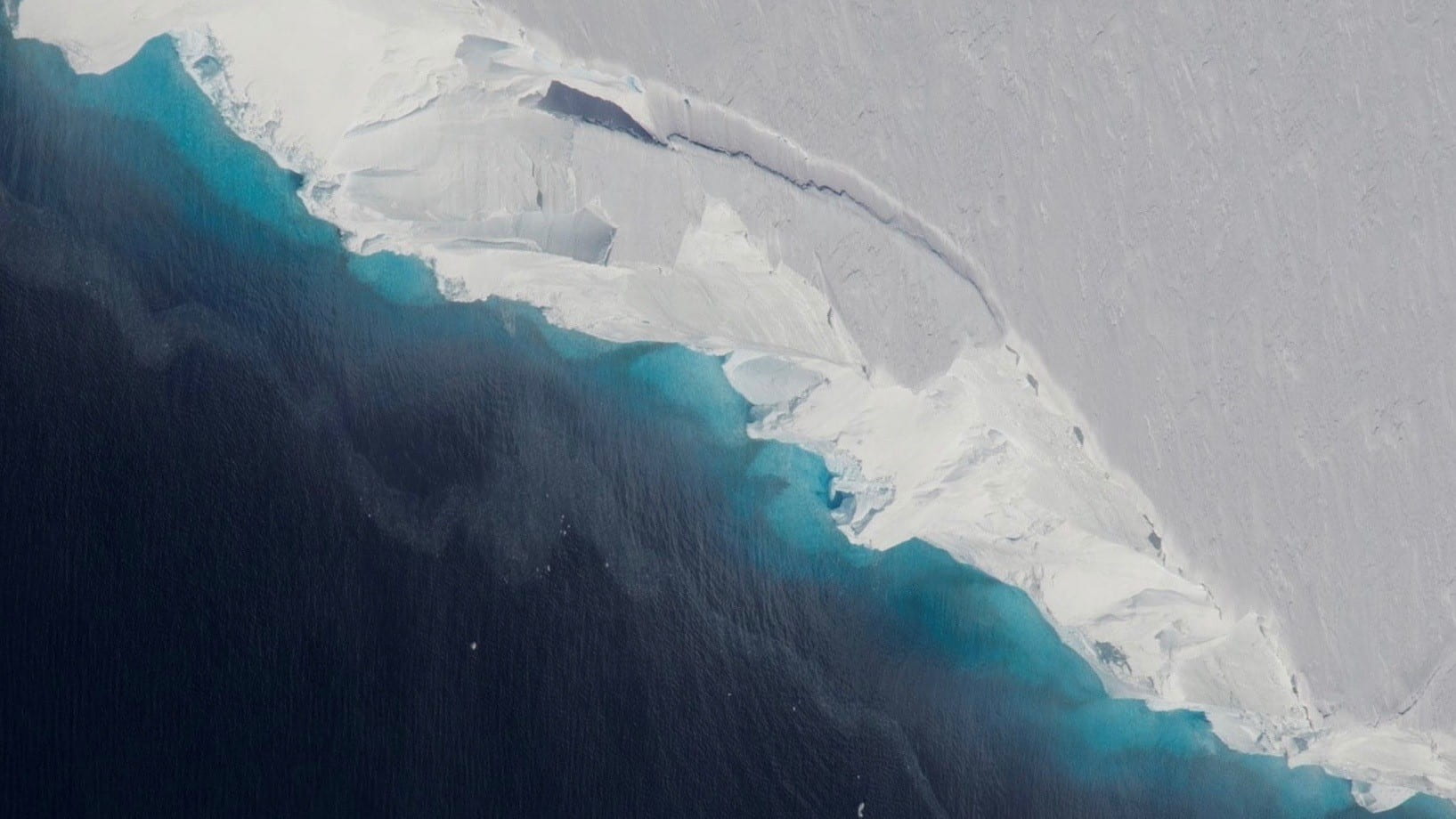UCI and JPL researchers discover huge and growing hole beneath West Antarctic glacier

A study by scientists from UCI and NASA’s Jet Propulsion Laboratory has revealed a gigantic cavity on the underside of Thwaites Glacier in West Antarctica. The hole is reportedly two-thirds the area of Manhattan, about 1,000 feet tall and expanding. The findings were published today in Science Advances. The researchers expected to find gaps between ice and bedrock at Thwaites’ bottom where ocean water could flow in and melt the glacier from below, but the size and explosive growth rate of the newfound hole surprised them. It’s thought to be big enough to have contained 14 billion tons of ice, most of which has melted over the last three years. “We have suspected for years that Thwaites was not tightly attached to the bedrock beneath it,” said co-author Eric Rignot, Donald Bren Professor and chair of Earth system science at UCI. “Thanks to a new generation of satellites, we can finally see the detail. Understanding how the ocean melts away this glacier is essential to project its impact on sea level rise in the coming decades.” The cavity was revealed by ice-penetrating radar in NASA’s Operation IceBridge – an airborne campaign beginning in 2010 that studies connections between the polar regions and the global climate – as well as by data from a constellation of Italian and German spaceborne synthetic aperture radars. Scientists will be getting an even closer look when the International Thwaites Glacier Collaboration commences field operations in the Southern Hemisphere during the Antarctic summer of 2019-20. The ITGC’s principal investigator is Mathieu Morlighem, assistant professor of Earth system science at UCI.


